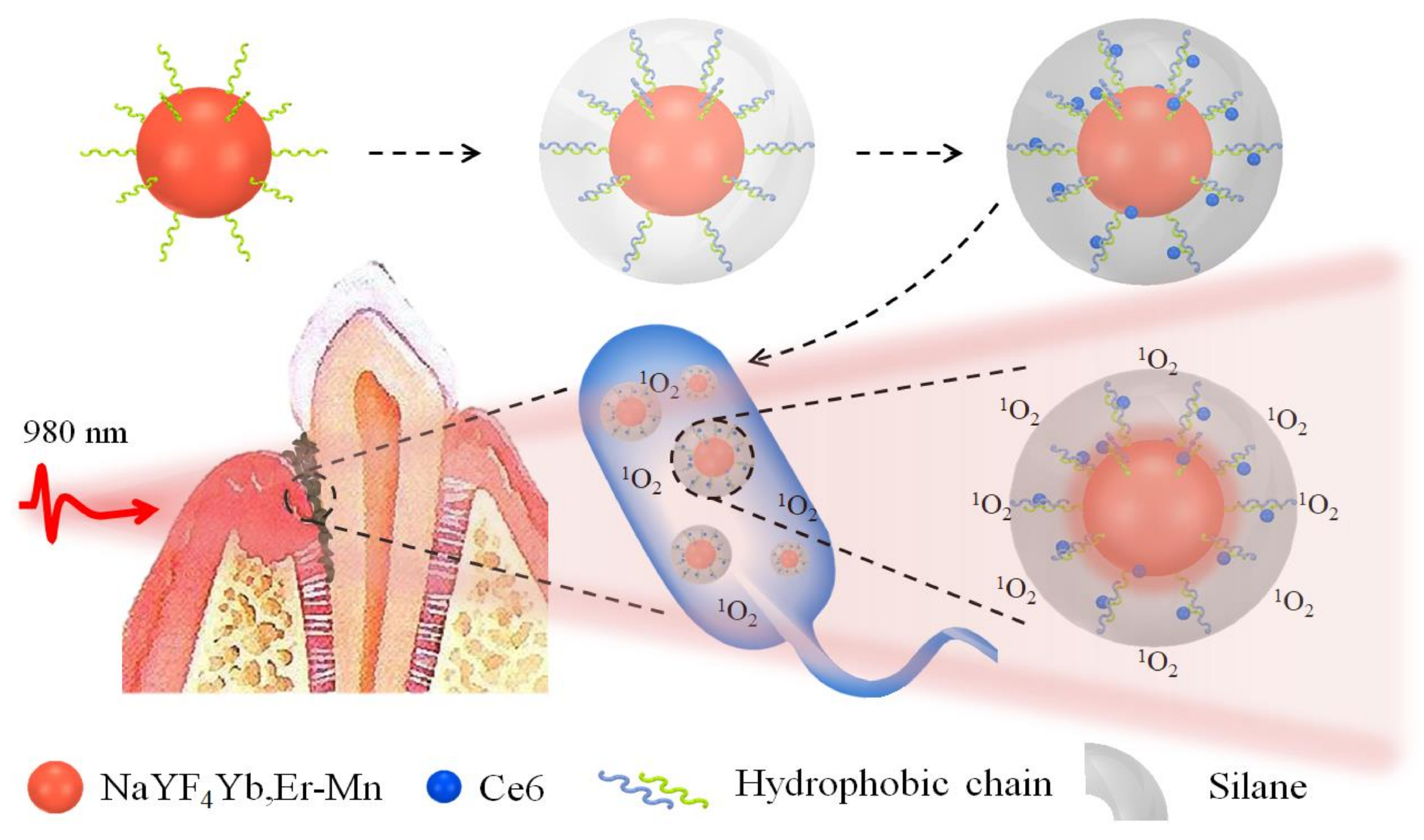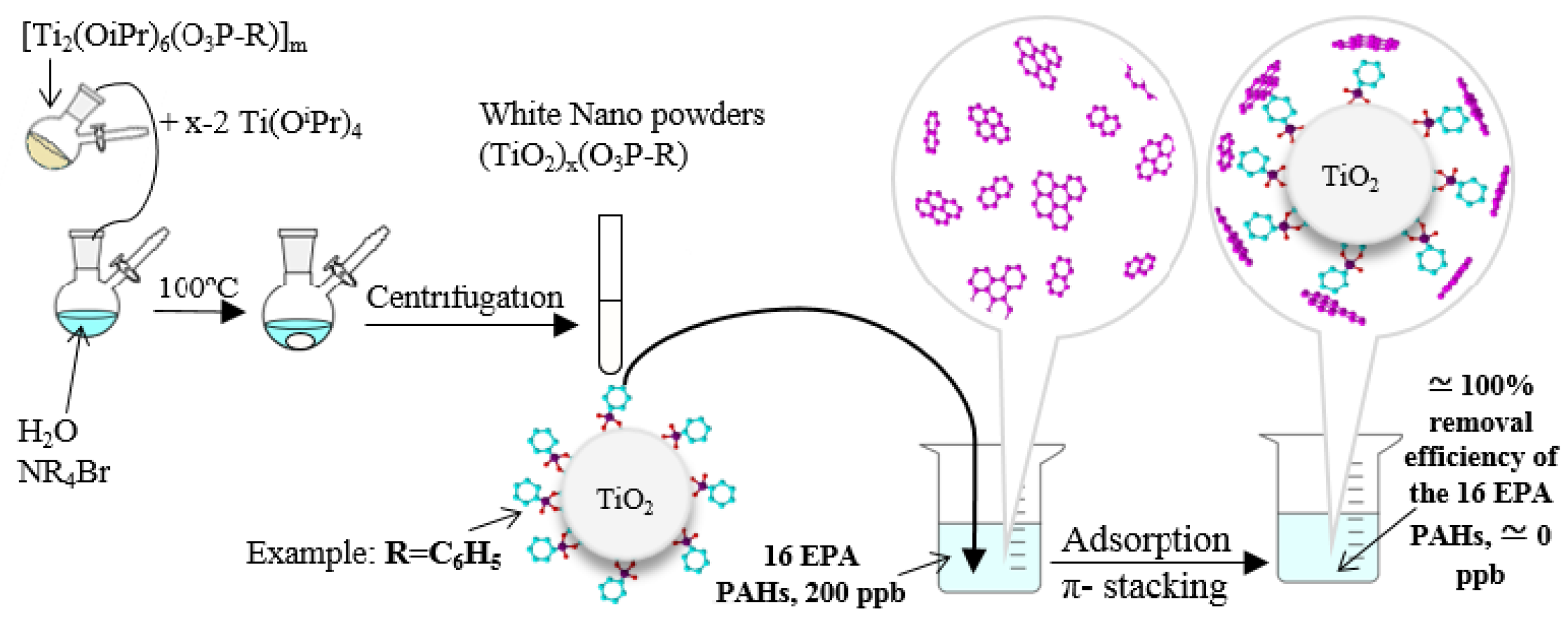The “Materials Chemistry” Section of Molecules: A Multidisciplinary Environment for Materials-Based Researches
Funding
Conflicts of Interest
References
- Cui, J.; Wang, H.; Shi, Q.; Sun, T.; Huang, Q.; Fukuda, T. Multicellular co-culture in three-dimensional gelatin methacryloyl hydrogels for liver tissue engineering. Molecules 2019, 24, 1762. [Google Scholar] [CrossRef] [PubMed]
- Xu, J.; Liu, Y.; Hsu, S.H. Hydrogels based on schiff base linkages for biomedical applications. Molecules 2019, 24, 3005. [Google Scholar] [CrossRef] [PubMed]
- Fennell, E.; Huyghe, J.M. Chemically responsive hydrogel deformation mechanics: A review. Molecules 2019, 24, 3521. [Google Scholar] [CrossRef] [PubMed]
- Vasile, C.; Pamfil, D.; Stoleru, E.; Baican, M. New developments in medical applications of hybrid hydrogels containing natural polymers. Molecules 2020, 25, 1539. [Google Scholar] [CrossRef] [PubMed]
- Falcone, N.; Shao, T.; Rashid, R.; Kraatz, H.B. Enzyme entrapment in amphiphilic myristyl-phenylalanine hydrogels. Molecules 2019, 24, 2884. [Google Scholar] [CrossRef] [PubMed]
- Wong, K.H.; Lu, A.; Chen, X.; Yang, Z. Natural ingredient-based polymeric nanoparticles for cancer treatment. Molecules 2020, 25, 3620. [Google Scholar] [CrossRef] [PubMed]
- Janus, Ł.; Radwan-Pragłowska, J.; Piatkowski, M.; Bogdał, D. Smart, tunable CQDs with antioxidant properties for biomedical applications—ecofriendly synthesis and characterization. Molecules 2020, 25, 736. [Google Scholar] [CrossRef] [PubMed]
- Zhang, T.; Ying, D.; Qi, M.; Li, X.; Fu, L.; Sun, X.; Wang, L.; Zhou, Y. Anti-biofilm property of bioactive upconversion nanocomposites containing chlorin E6 against periodontal pathogens. Molecules 2019, 24, 2692. [Google Scholar] [CrossRef] [PubMed]
- Vázquez-López, A.; Yaseen, A.; Maestre, D.; Ramírez-Castellanos, J.; Marstein, E.S.; Karazhanov, S.Z.; Cremades, A. Synergetic improvement of stability and conductivity of hybrid composites formed by PEDOT:PSS and SnO nanoparticles. Molecules 2020, 25, 695. [Google Scholar] [CrossRef] [PubMed]
- Winroth, S.; Scott, C.; Ishida, H. Structure and performance of benzoxazine composites for space radiation shielding. Molecules 2020, 25, 4346. [Google Scholar] [CrossRef] [PubMed]
- Movahedifar, E.; Vahabi, H.; Saeb, M.R.; Thomas, S. Flame retardant epoxy composites on the road of innovation: An analysis with flame retardancy index for future development. Molecules 2019, 24, 3964. [Google Scholar] [CrossRef] [PubMed]
- Bou Orm, N.; Trieu, Q.A.; Daniele, S. TiO2-based hybrid nanocomposites modified by phosphonate molecules as selective PAH adsorbents. Molecules 2018, 23, 3046. [Google Scholar] [CrossRef] [PubMed]
- Agrawal, R.; Joshua, H.; Emre Gunduz, I.; Luhrs, C.C. Epoxy–PCM composites with nanocarbons or multidimensional boron nitride as heat flow enhancers. Molecules 2019, 24, 1883. [Google Scholar] [CrossRef] [PubMed]
- Wang, X.; Wu, D.; Song, X.; Du, W.; Zhao, X.; Zhang, D. Review on carbon/polyaniline hybrids: Design and synthesis for supercapacitor. Molecules 2019, 24, 2263. [Google Scholar] [CrossRef] [PubMed]
- Saber, O.; Alshoaibi, A.; Al-Yaari, M.; Osama, M. Conversion of non-optical material to photo-active nanocomposites through non-conventional techniques for water purification by solar energy. Molecules 2020, 25, 4484. [Google Scholar] [CrossRef] [PubMed]


Publisher’s Note: MDPI stays neutral with regard to jurisdictional claims in published maps and institutional affiliations. |
© 2020 by the author. Licensee MDPI, Basel, Switzerland. This article is an open access article distributed under the terms and conditions of the Creative Commons Attribution (CC BY) license (http://creativecommons.org/licenses/by/4.0/).
Share and Cite
Cirillo, G. The “Materials Chemistry” Section of Molecules: A Multidisciplinary Environment for Materials-Based Researches. Molecules 2020, 25, 6035. https://doi.org/10.3390/molecules25246035
Cirillo G. The “Materials Chemistry” Section of Molecules: A Multidisciplinary Environment for Materials-Based Researches. Molecules. 2020; 25(24):6035. https://doi.org/10.3390/molecules25246035
Chicago/Turabian StyleCirillo, Giuseppe. 2020. "The “Materials Chemistry” Section of Molecules: A Multidisciplinary Environment for Materials-Based Researches" Molecules 25, no. 24: 6035. https://doi.org/10.3390/molecules25246035
APA StyleCirillo, G. (2020). The “Materials Chemistry” Section of Molecules: A Multidisciplinary Environment for Materials-Based Researches. Molecules, 25(24), 6035. https://doi.org/10.3390/molecules25246035




